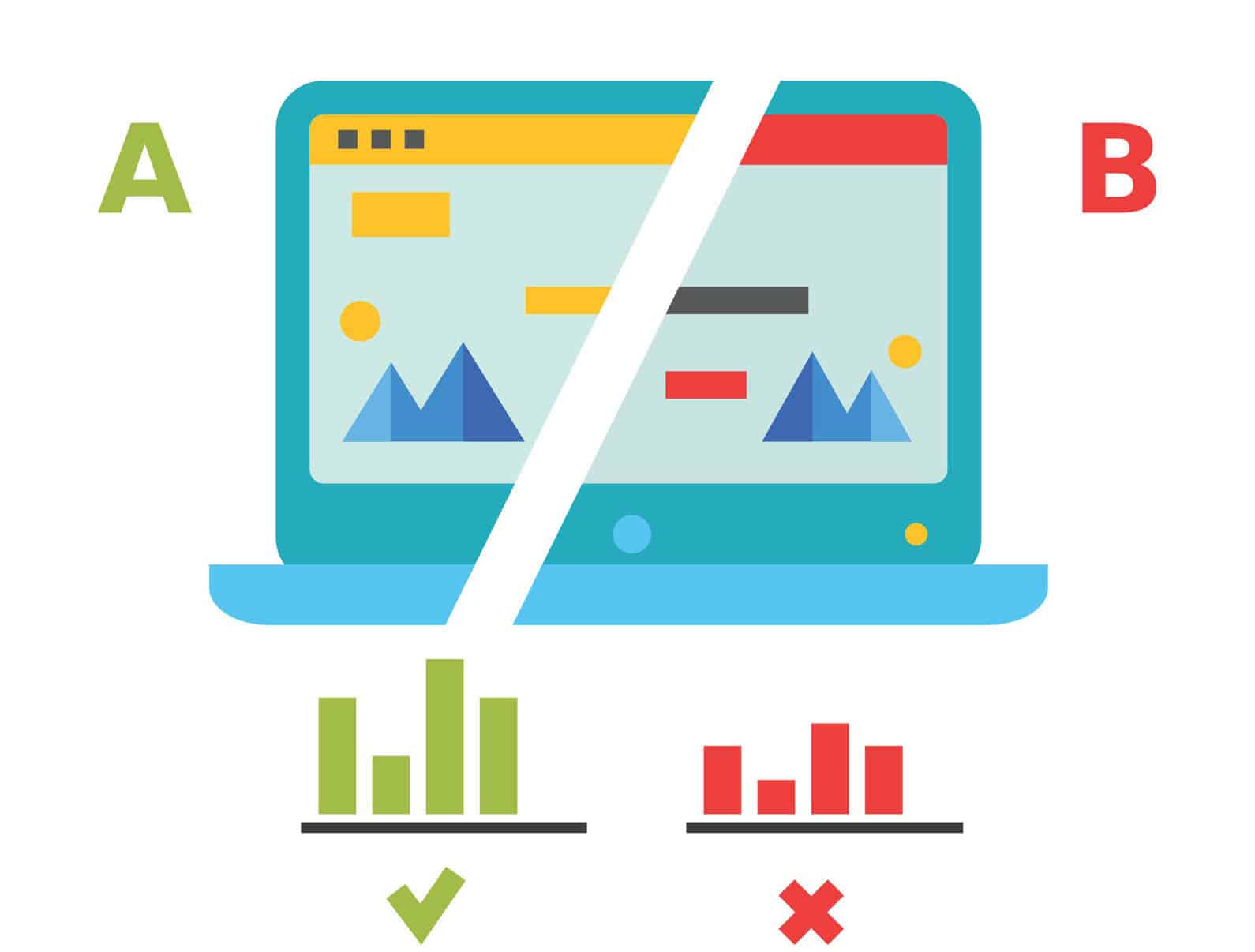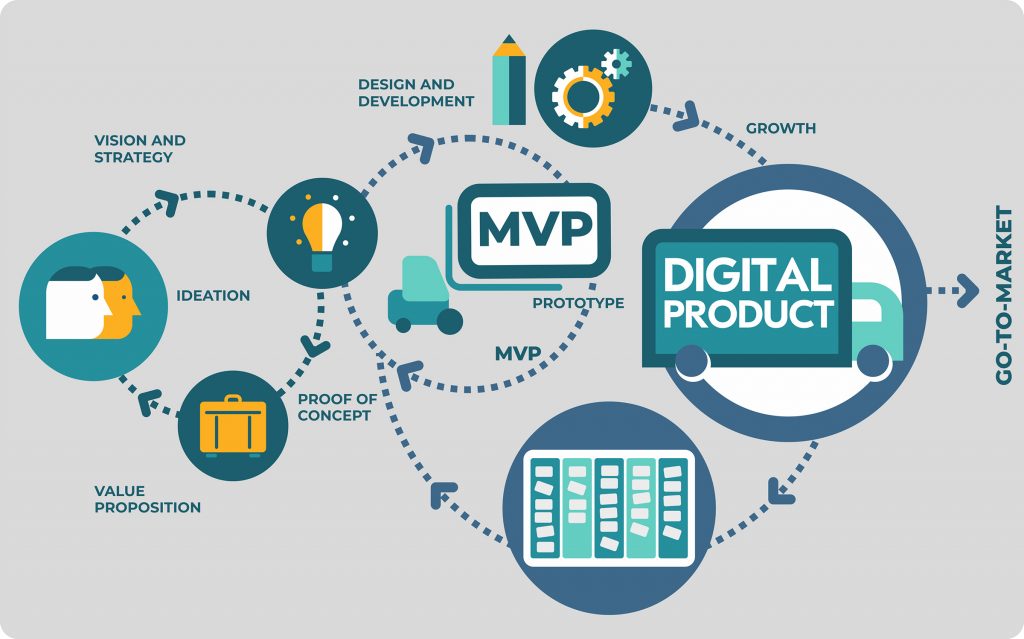![]()
So as to scale a business, it’s indispensable to advertise the products viably. There are numerous difficulties along the path; in any case, adaptability is conceivable with these best development hacking methodologies.
To connect with an enormous crowd, companies need to embrace distinctive development hacking procedures. Although some among these procedures have just been around for a couple of years, in any case, they demonstrate to assume a crucial job in the growth of cutting edge organisations. Numerous business visionaries have made them a necessary piece of scaling their business since they saw productive outcomes, and it’s about time you do so as well.
Entrepreneurs look for different growth hacks and need to develop rapidly by collecting as many clients as possible to expand their income. Growth Hacking has been proven as a practical and trusted approach for a sure shot success of budding startups. Yet, only a few businesses are able to execute these growth hacks in an ideal manner. This article gives you an insight into the 12 best growth hacking strategies which have been proven successful for various ventures. Let’s take a look:
1. A/B Testing

A/B Testing draws its way wherever there is traffic. No matter what it is; a blog title, email headline, popup CTA, or a million different things. There’s an A/B test that can assist you with streamlining that crusade. Regardless of whether it’s A/B testing your landing page content or seeing which email headlines resound with perusers, experimentation can reveal handy solutions that lead to tremendous outcomes.
2. Add hidden form fields to your lead-generation forms

The more you think about your leads, the better you can cater and support them in your promoting down the line. One technique used to catch much more data about your leads is to pass a parameter in a URL which can be acknowledged by a hidden field on one of your forms. Utilising this technique, you can catch much more data about your leads without frustrating them out with various forms that you as of now gathering data from. Regular employments of this can incorporate area, crusade, and intrigue classification.
3. Conduct Giveaways

Free giveaways can be a significant approach to promote your business. By showcasing your product to customers, you can rapidly and effectively create familiarity with your image, and it may spur them to return for more. The second time a client appears, their buy won’t be free. A giveaway is much similar to other advertising activities – it’s a method to create more exposure for your merchandise and ventures. Like it or not, all promoting costs money. Regardless of whether it’s an announcement on the interstate or a flag promotion on a site, you should be ready to spend on the off chance that you need to draw attention to your brand. In view of that, a giveaway can really be a less expensive approach to promote than other marketing strategies.
4. Create a referral program

Referral advertising permits your users to turn into your organisation’s pioneers by referring your business to their loved ones. While referral advertising requires marketing endeavours and the motivation of remunerations to get users to participate, there are numerous advantages of referral programs, and you ought to undoubtedly be utilising this technique to grow your audience base.
5. Go Freemium

In the event that you own an application or software business, you should seriously mull over building up a freemium model. This works incredible for applications of numerous sorts. Offer something for nothing. It probably won’t do a lot; however, it’ll give people a taste of your product. When they see that they can profit by your product, they’ll need a greater amount of it. A few people will never change over into paid clients. However, you need to concentrate on the onboarding procedure. It’s simpler to hold clients than to acquire them. That is the reason the freemium model works so well. You, as of now, have leads on the line. You simply need to persuade them that they need the paid adaptation of your product.
6. Guest Posting
Guest Posting administrations help to create new links. There are various guest posting services accessible on the web. Practically each one of them has their own sites going. These specialist organisations make it simpler to get abundant natural leads through the content by giving a connect to your site, which eventually helps in boosting up your SERP rankings. Visitor/Guest blogging is an incredible growth development hack which bloggers will in general use to increase natural site traffic and connecting with various crowds by improving their SEO rankings.
7. Collaborate with other brands

Talking about the customer base, brand collaborations are the uncelebrated protagonists of the growth hacking world. In the event that you have a user base of around 100,000 individuals and another brand in the related field has about 80,000 users, you can cooperate to contact 180,000 customers. You’re not searching for an immediate contender. Rather, center around finding a business that supplements your own. For example, possibly you sell handcrafted soaps. You could join forces with a business that sells body scrubs or shampoos. Contact forthcoming accomplices with an email or call. Come prepared with thoughts for approaches to mixing your users in natural manners, for example, by tagging each other via Instagram or Facebook, offering product packages that consolidate your products, or in any event, something as simple as cross-posting on each others’ websites.
8. Host and Attend Events
.jpg)
A genuine Growth Hacker doesn’t dispose of any potential roads that may lead them towards an objective. This incorporates going offline to energise development. On the off chance that you have niche-related events in your vicinity — or even away — think about visiting. You can go as a visitor or save a corner for your business. Meeting individuals up close and personal, shaking their hands, and getting some information about their needs can make you a more alluring arrangement than a nondescript organisation. Proceed, gain from the best, create associations, find out about your industry, and get some motivation. You don’t have anything to lose. Uncovering your business on pertinent business occasions and meetings will permit you to make connections with minimum exertion.
9. Start a Blog

Clients can’t cherish you on the off chance that they can’t discover you. If you haven’t started with a blog yet, get started with it ASAP! Blogging is one of the most economical, least complicated approaches to get before a group of people and connect with influencers. The present shopper goes directly to the Internet for information before beginning the purchasing procedure before they ever think about conversing with a human. Don’t dispatch an excellent blog with half a month’s worths of awesome content and afterwards disregard to compose another word.
10. Use Urgency and FOMO

Urgency and FOMO which is the abbreviation for the “Fear Of Missing Out” are two great psychological tools for amplifying your growth. FOMO exploits an individuals’ mental idea of not being deprived of something great. What’s more, it’s a conceivable piece of the reasons why utilising an invite-only framework for your organisation or new element discharges is so successful.
Identified with that is Urgency, which is likewise attached to human brain science. Essentially, we feel constrained to act if a circumstance is dire. So in case you’re opening beta access to your new help temporarily, it turns out to be all the more engaging potential clients. Rolling out offers like a limited-time deal or rapidly expiring discounts make people want to act fast and shop thinking they might miss a great deal. Utilise Email Marketing:
11. Hire a growth hacker

This is by far the best and one of the most straightforward growth hacking strategy: Hire a Growth Hacker. A growth hacker knows exactly what techniques to utilise to take your company to the top. Employing a professional implies you’ll get somebody proficient at showcasing your organisation as well as deciphering the information that outcomes from those endeavours. Regardless of whether you have an advertising plan set up, you could profit by employing a growth hacker.
CONCLUSION
Growth Hacking is, in any case, more effective than traditional marketing. In today’s cut-throat competition, Growth hacking is the only way through which a new business can ride on the high tide and grow exponentially. Revolve all your strategies around taking care of issues, developing your audience and improving your image. Incredible products and services positively help sell themselves; however, you have to get that growth plan in motion. Enlist client evangelists, join forces with similar organisations, make content with wild relinquish, set yourself apart with world-class client assistance. With such vast numbers of basic approaches to dispatch growth, there has never been a more energising time to perceive what your business can genuinely do.





